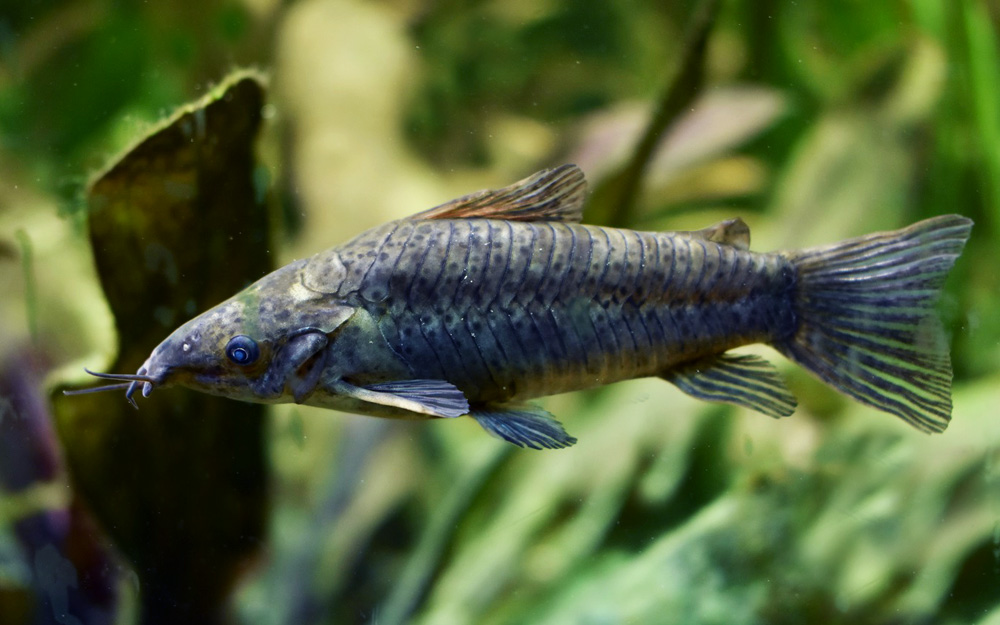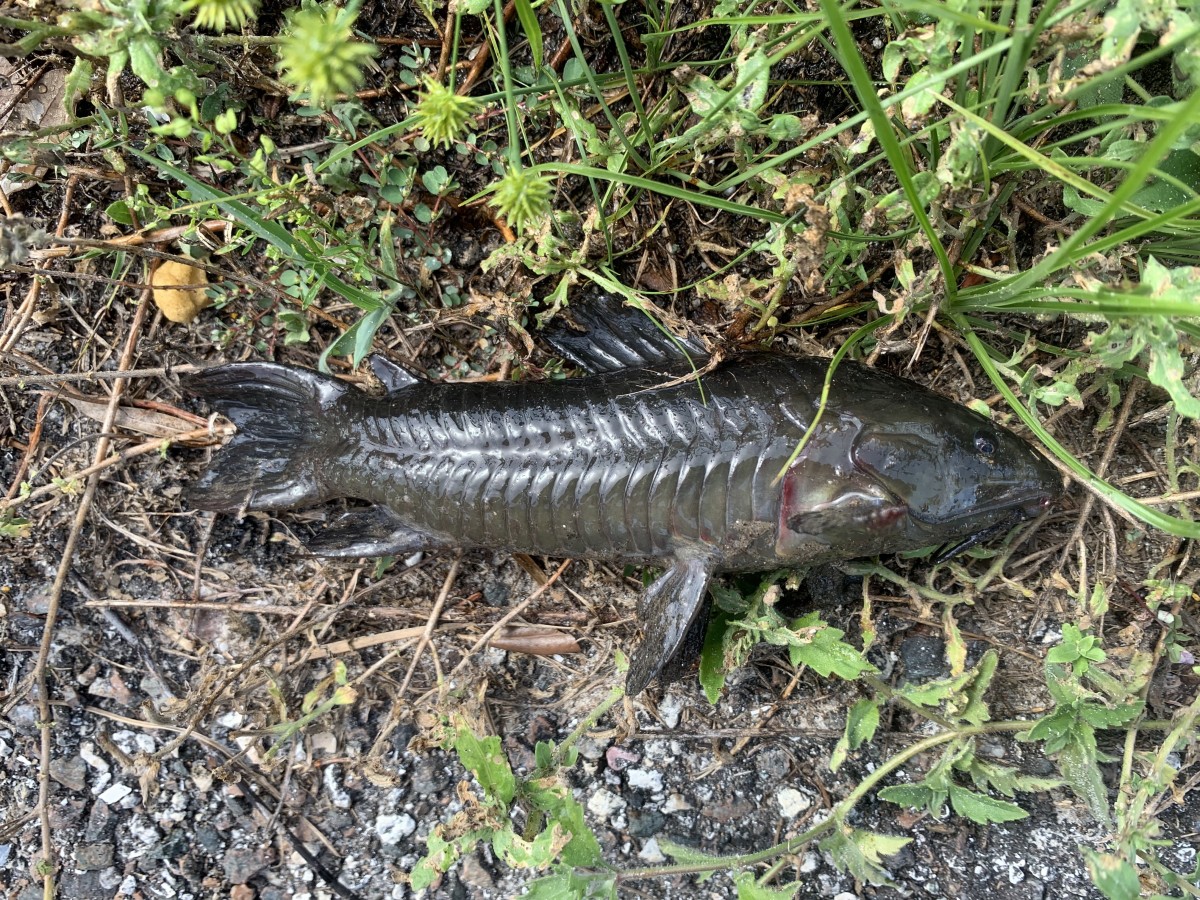Brown Hoplo
(Hoplosternum littorale)

Classification
General data
Hoplosternum littorale is a species of catfish (order Siluriformes) belonging to the Callichthyinae subfamily of the family Callichthyidae. It is known as tamuatá in Brazil, atipa in French Guiana, hassa in Guyana, kwi kwi (or kwie kwie ) in Suriname, cascadu or cascadura in Trinidad and Tobago, and busco or currito in Venezuela.
Description
H. littorale is armor-plated and dorso-ventrally compressed. The fish will grow in length up to 24 centimetres (9.4 in) TL.
Males grow to a larger average and maximum size than females and, during the reproductive season, develop fat deposits in the pectoral fin and an elongated recurved pectoral spine that often assumes a reddish colour. Males with recurved pectoral spines are not found outside of the reproductive period.
Distribution
H. littorale has the widest distribution of any callichthyid. It is present in all of South America east of the Andes and north of Buenos Aires, including the Orinoco, Trinidad, coastal rivers of the Guianas, Amazon River drainage, Paraguay, lower Paraná River, and coastal systems in southern Brazil. It ranges from Venezuela and Guyanas to Argentina.
One single lot is known from the upper Paraná River and the São Francisco River drainage; it has been suggested that these occurrences may represent introduced populations. This species has also been introduced into the Indian River Lagoon of Florida.











